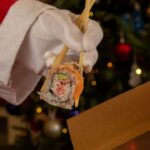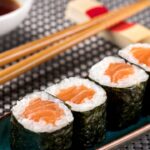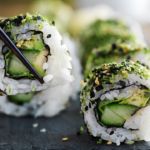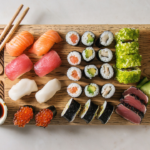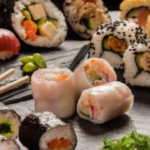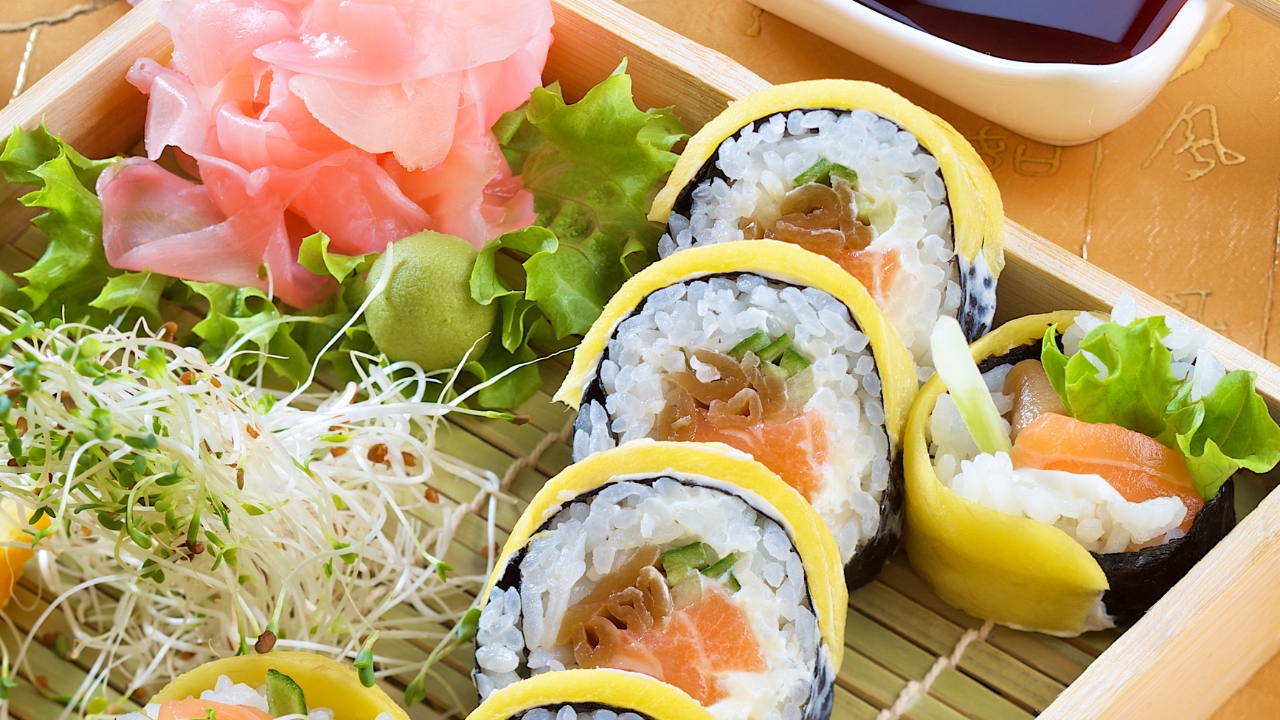
Tradition is important. And in Japan, it is even very important, as I have written about in passing post on the culinary traditions of sushi. But after all, Japan today is a modern country, thoroughly contemporary, often futuristic even. And that means it has changed.
Change is important too, because change done wisely means progress. We change the world around us, we change ourselves, not to make things worse, but with the hope that change will make reality better. And that is what tradition is for. To make change wisely.
Tradition is the guardian of progress.
A misunderstood tradition
That becoming entrenched in a misunderstood tradition, completely closed to progress and change, is a bad idea teaches us.... Japanese history.
Xenophobic attitudes and isolationism led to Japan becoming completely backward in relation to the rest of the world. It did not participate in the technical revolution, it did not change socially until it eventually became an open-air museum that no one colonised simply because there was not much to colonise and nothing to colonise for.
Well-conceived progress
That it is a good idea to open up to the world and change habits and customs that are steeped in centuries of history teaches us... the history of Japan.
The Japanese, after the second visit of a squadron of ships led by Commodore Matthew Perry to Edo Bay in 1853 after a year's hiatus, realised how far they had fallen behind the United States and the rest of the Western world. They came to their senses, came back with nothing and began to change. It was a long and painful process of transforming the society, the economy, the whole country into a modern state, a full-fledged player on the world stage.
In doing so, the Japanese have not forgotten tradition, which is, let us remember all the time, the guardian of progress. That is why they have preserved their cultural distinctiveness.
For what "progress" that fights tradition turns into is taught to us by the millions of victims of the revolutions whether French or Bolshevik. Mindlessly fighting tradition is not progress.
Progressive sushi, or fusion sushi
Sushi is a dish with a centuries-old tradition, but of course it has changed a lot over the years. It has gone from a simple dish of fermented rice and raw fish to elaborate rolls with a host of other toppings and a whole ceremony of serving and consumption.
Is traditional sushi a raw seafood dish? Yes.
Could modern sushi be a heat-treated seafood (and non-seafood) dish? Of course it is!
In cuisine, including traditional cuisine, one should be open to changes and experiments. If they enrich the taste, make the dish more interesting, show us tradition in a different, interesting perspective, then change as much as possible. Within reason, of course, without forgetting about tradition.
In the latest set from Sushi Zushiwhich I had the opportunity to taste, I liked best futomaki with baked salmon and tuna. And when they were also sprinkled with furikake, it was a revelation altogether!
But it doesn't stop there. How about yam, avocado, Philadelphia cheese, courgette or spicy mayonnaise? If it tastes good, it can't be bad!
Sushi is no longer anything exotic. It is a popular dish all over the globe. And that is a good thing, because it is tasty and healthy. After all, we should only absorb customs from other cultures that combine pleasure with utility.
It is good, therefore, that from Japan the fashion for sushiand not karōshi, or death from overwork (10,000 deaths a year in Japan). Phew, lucky us!


